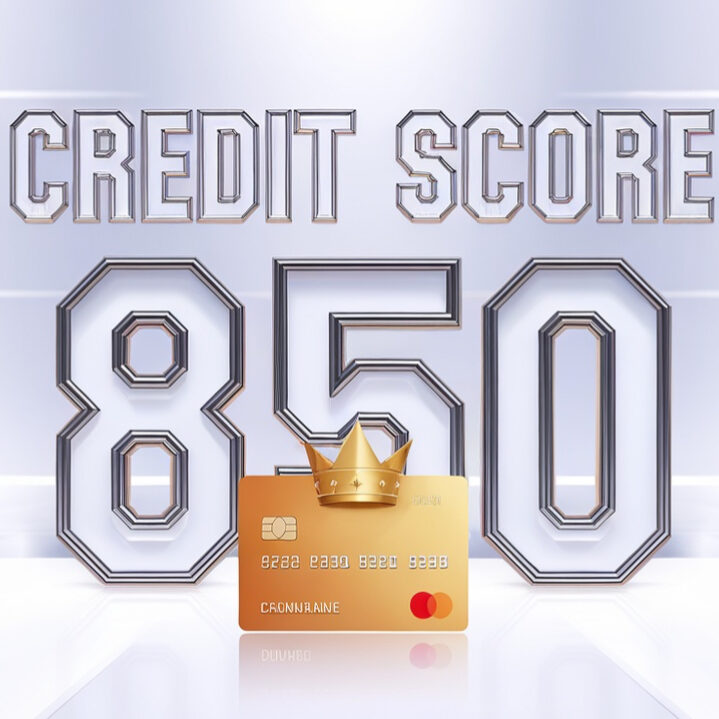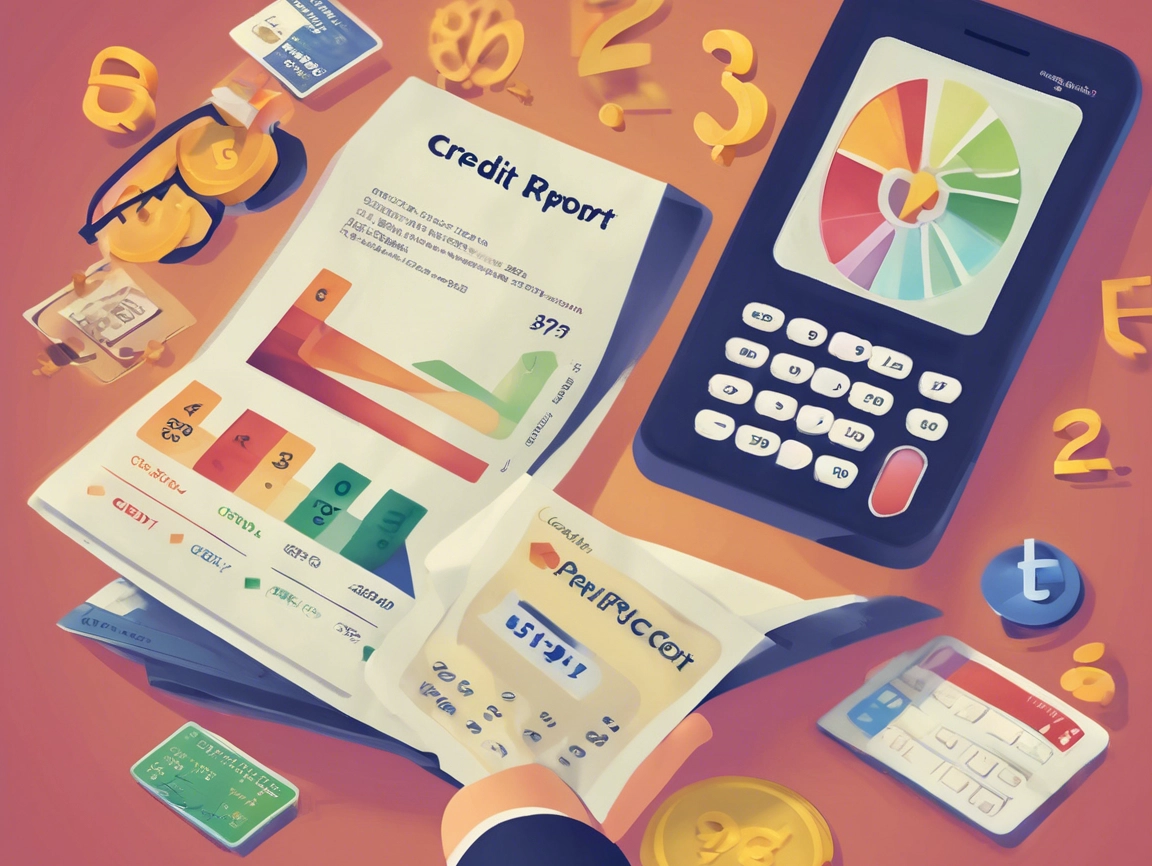Your credit score is more than just a number. It’s a powerful tool that represents your creditworthiness, influencing everything from loan approvals to interest rates. But how is this three-digit number actually calculated? If understanding your credit score feels like learning a foreign language, you’re not alone. This guide will simplify it all, breaking down the key factors and giving you the tools to take control of your financial future.
What Is a Credit Score?

A credit score is a numerical expression of your credit health, typically ranging from 300 to 850. The higher your score, the better you’re viewed by lenders. Credit bureaus generate these scores using algorithms like FICO or VantageScore, which analyze your credit behavior based on the data in your credit report.
Credit scores help lenders assess the likelihood that you’ll repay what you borrow. A low score could mean higher interest rates or outright rejections, while a high score can unlock better financial opportunities.
Factors That Influence Your Credit Score
Understanding what affects your credit score is the first step to improving it. Here’s a rundown of the primary factors and how much weight they carry in popular scoring models like FICO.
1. Payment History (35%)
Your track record for paying bills is the single most important factor. Consistently paying on time builds trust with lenders, while missed or late payments can have a significant negative impact.
Tip: Set up automatic payments or reminders to avoid missing due dates.
2. Credit Utilization (30%)
This measures how much of your available credit you’re using. High utilization (e.g., maxing out your credit cards) can indicate financial stress and may lower your score.
- It’s recommended to keep your credit utilization below 30% of your credit limit.
Example: If your credit limit is $10,000, try to use no more than $3,000 at any given time.
3. Length of Credit History (15%)
Your credit age shows lenders how long you’ve been managing credit. A longer history often has a positive effect, as it demonstrates experience with handling debt.
Tip: Avoid closing older credit accounts, even if you don’t use them frequently, to preserve your credit history length.
4. Credit Mix (10%)
This refers to the variety of credit types you have, such as credit cards, auto loans, and mortgages. A diverse mix shows lenders that you can handle different types of credit responsibly.
Tip: Don’t open credit accounts you don’t need solely for the sake of diversity—it’s not worth the risk.
5. New Credit and Hard Inquiries (10%)
Each time you apply for credit, lenders perform a “hard inquiry” that can slightly lower your score. Opening too many accounts in a short period signals potential financial trouble.
Tip: Space out your applications and only apply for new credit when necessary.
How Credit Scores Are Calculated
While the exact formula for calculating credit scores is proprietary, the factors above come together to create your number. FICO and VantageScore, two of the most common scoring systems, may weigh these factors slightly differently, but the general principles are the same.
- Exceptional (800-850): Indicates excellent credit management, unlocking the best rates and terms.
- Good–Very Good (670-799): A solid score for most financial needs, offering competitive rates.
- Fair (580-669): May qualify you for loans but with higher interest rates.
- Poor (300-579): Often reflects credit difficulties and limits access to new credit.
Debunking Common Credit Score Myths

Myth 1: Checking Your Credit Score Hurts It
Truth: Checking your credit score through a soft inquiry (e.g., using a credit monitoring service) doesn’t affect your score. Only hard inquiries from credit applications can have an impact.
Myth 2: You Only Have One Credit Score
Truth: You actually have multiple scores generated by different scoring models and based on data from various bureaus. Most lenders use FICO, but VantageScore is also common.
Myth 3: Closing an Old Account Will Boost Your Score
Truth: Closing accounts can harm your score by reducing your available credit and shortening your credit history length.
Tips to Improve Your Credit Score
Taking steps to improve your credit score can lead to financial rewards in the long run. Follow these practical tips to get started.
- Pay Bills on Time
Even if it’s just the minimum payment, staying consistent is key. - Keep Balances Low
Paying off credit card balances in full each month is ideal, but if that’s not possible, aim to reduce high balances. - Limit New Applications
Only apply for credit when absolutely necessary. - Set Up Alerts
Monitoring your credit report and getting alerts about changes can help you stay on top of your score.
- Regularly Check for Errors
Mistakes in your credit report can lower your score unfairly. Dispute inaccuracies as soon as you find them.
Take Charge of Your Credit Today
Understanding how your credit score is calculated empowers you to manage it better. By focusing on the key factors—payment history, credit utilization, and more—you can take meaningful steps to raise your score and improve your financial future.
Don’t wait to take control. Check your credit report, start building positive habits, and watch your score climb. Your efforts today will pay off tomorrow!












